These 15 Lucky Plants Have Stuck Around Through History For A Reason
Some plants aren’t just pretty—they’ve got stories, legends, and a touch of magic wrapped in their leaves. I always get a little extra joy growing the ones that have stood the test of time.
There’s something special about planting what ancient gardeners once loved too. These lucky charmers have earned their place in history and in our gardens.
Let’s take a peek at the plants that people just couldn’t let go of.
1. Bamboo
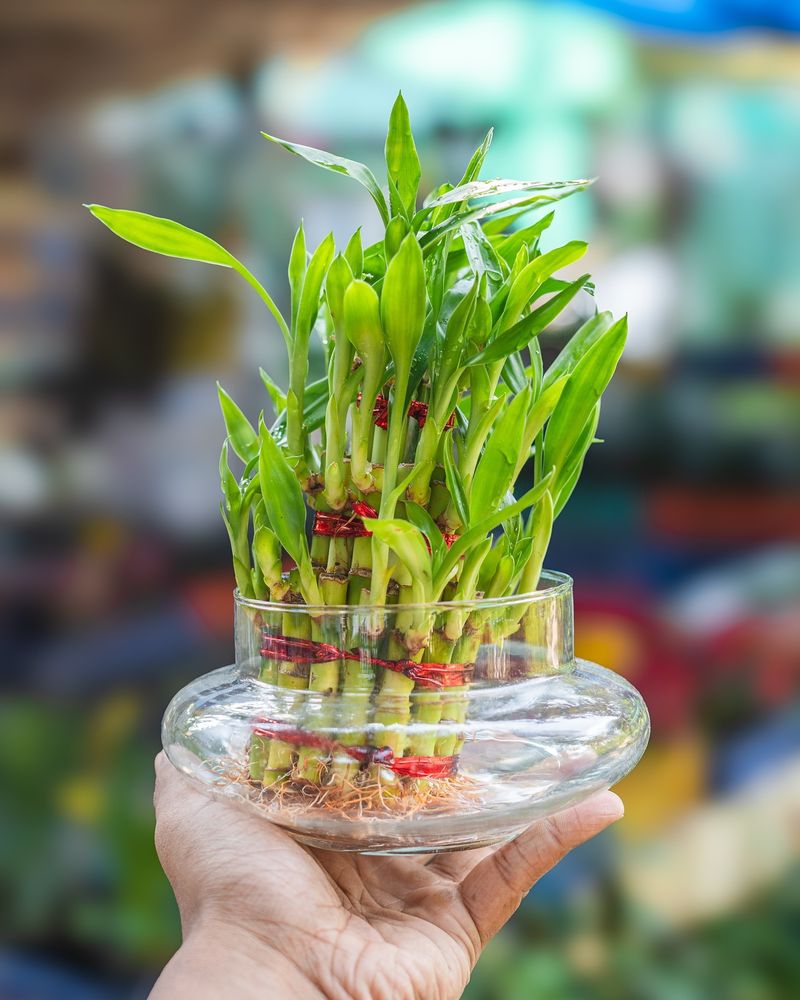
Ancient Asian cultures cherished bamboo as a symbol of strength and flexibility. The number of stalks determines which kind of luck you’ll receive – wealth, happiness, health, or all combined when you have five stalks.
Many believe placing bamboo in the wealth corner of your home (southeast) attracts financial prosperity. Unlike other plants, lucky bamboo can thrive in water alone, making it nearly impossible to kill even for those without a green thumb.
2. Four-Leaf Clover
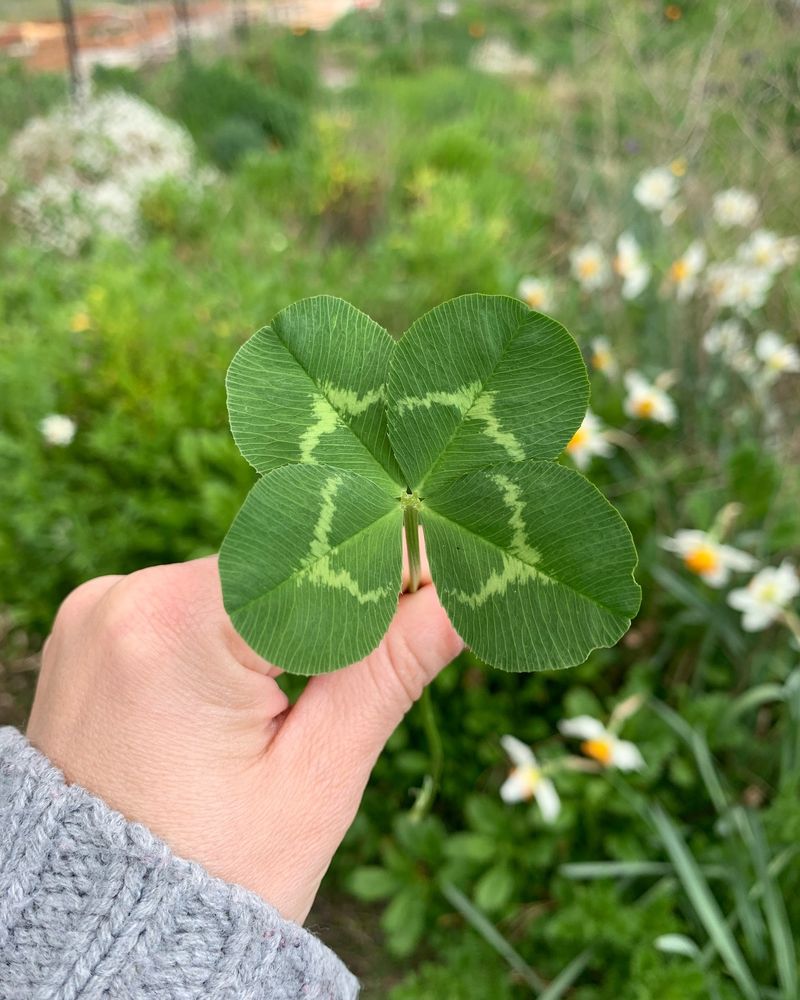
Finding one of these rare treasures is like winning a mini botanical lottery. Each leaf represents something special: faith, hope, love, and luck – making it a complete package of positive energy.
Celtic priests carried clovers as protection against evil spirits. The odds of finding a genuine four-leaf clover are about 1 in 10,000, which explains why they’re considered such powerful tokens of good fortune and why people still search through fields hoping to spot one.
3. Money Plant
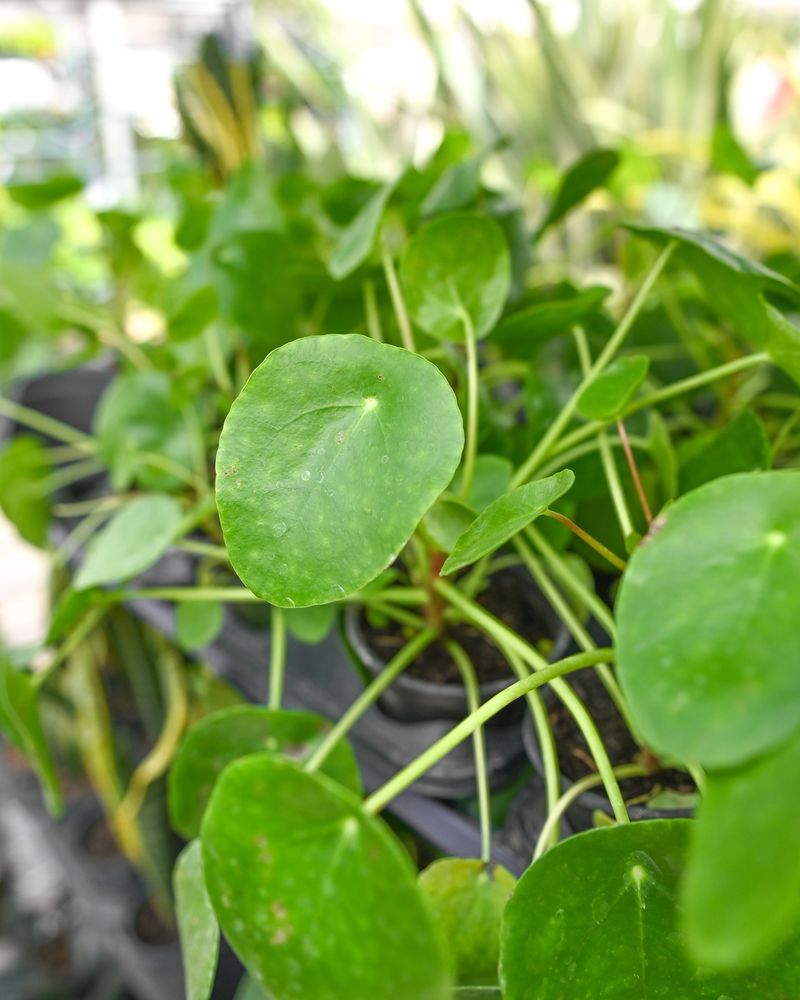
Round leaves resembling coins gave this plant its reputation for attracting wealth. Feng shui practitioners recommend placing it in the southeast corner of your home to maximize its prosperity-drawing powers.
The money plant purifies air by removing toxins like formaldehyde and benzene. People often give these as housewarming gifts with the wish that the recipient’s bank account will grow as steadily as the plant does, creating a living symbol of abundance and financial success.
4. Jade Plant
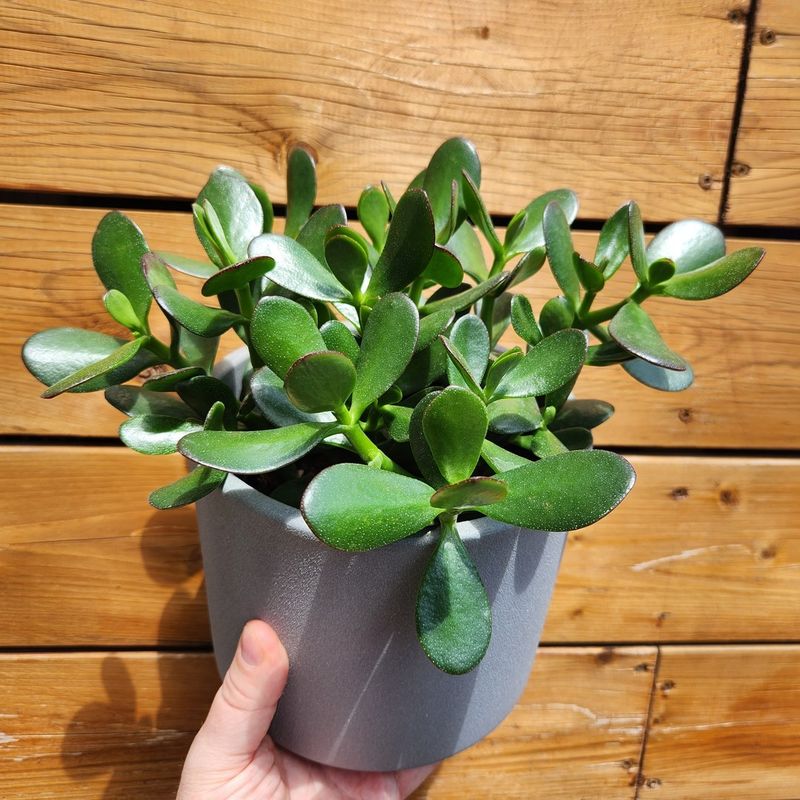
Small, oval-shaped leaves store water like tiny reservoirs, giving jade plants their plump, coin-like appearance. Business owners in Asia often place these succulents near entrances to welcome customers and prosperity.
Giving someone a jade plant is considered a wish for their financial success and good fortune. These hardy succulents can live for decades when properly cared for, symbolizing long-lasting wealth and making them popular gifts for new businesses, weddings, and housewarmings.
5. Basil
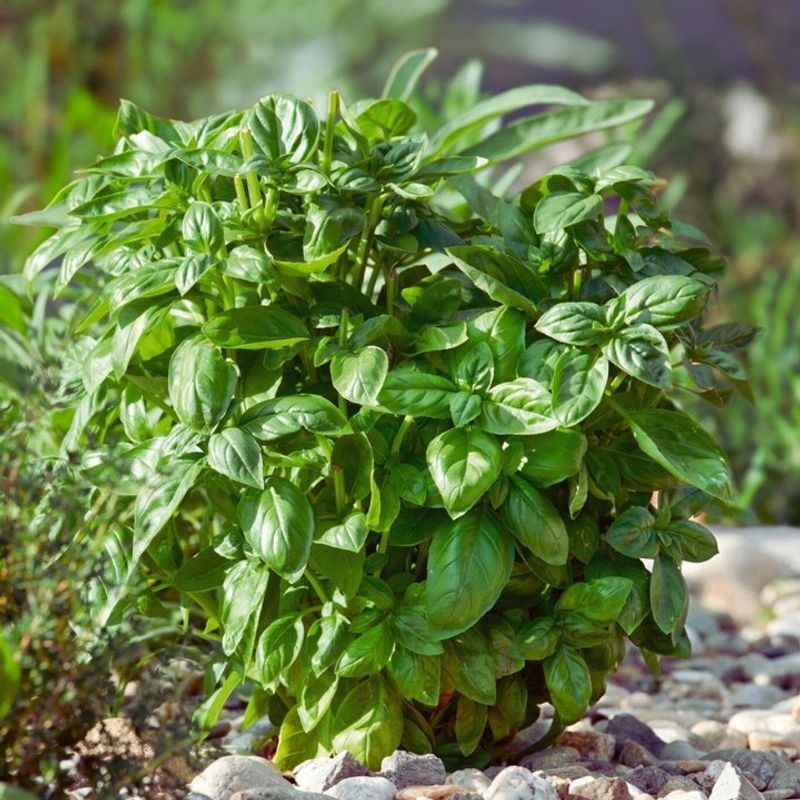
More than just a culinary herb, basil has been revered as a powerful protector in many cultures. Italian folklore suggests that basil attracts love and prosperity while warding off evil spirits and negative energy.
Hindu households grow basil (known as Tulsi) in specially designated altar-like structures as it’s considered sacred to Vishnu. The aromatic leaves aren’t just for cooking – they’ve been used in rituals for thousands of years to bring good fortune, purify spaces, and even heal ailments.
6. Aloe Vera
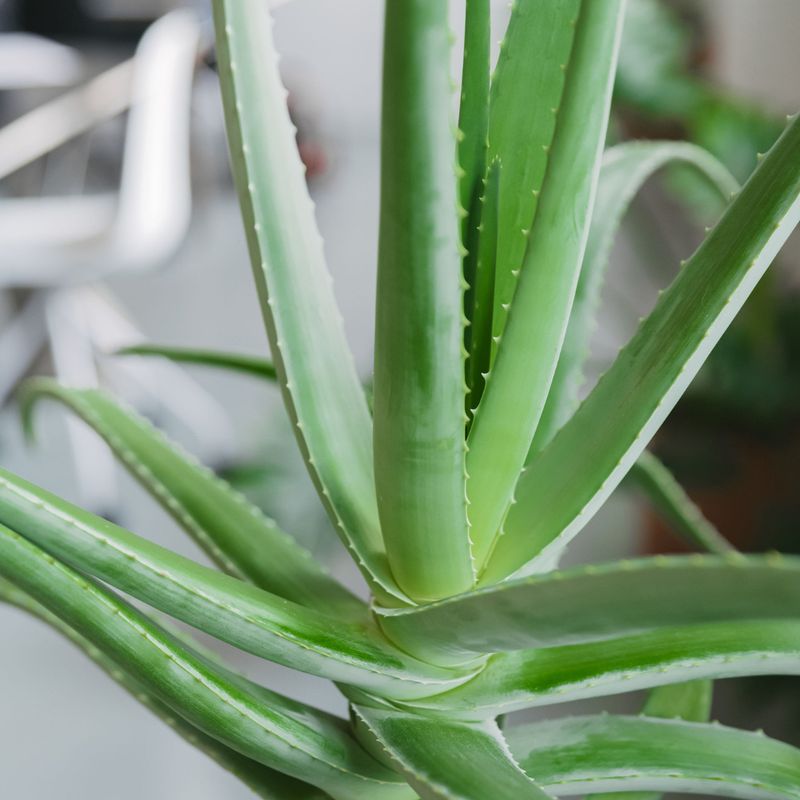
Hanging an aloe plant above doorways was an ancient practice to bring good luck and ward off evil. Beyond its protective qualities, the gel inside has been healing burns and skin conditions for thousands of years.
Egyptian pharaohs called aloe the “plant of immortality” and included it in their burial rituals. The plant’s ability to survive harsh conditions while providing healing benefits makes it a symbol of resilience and protective energy that continues to make it popular in homes worldwide.
7. Lavender
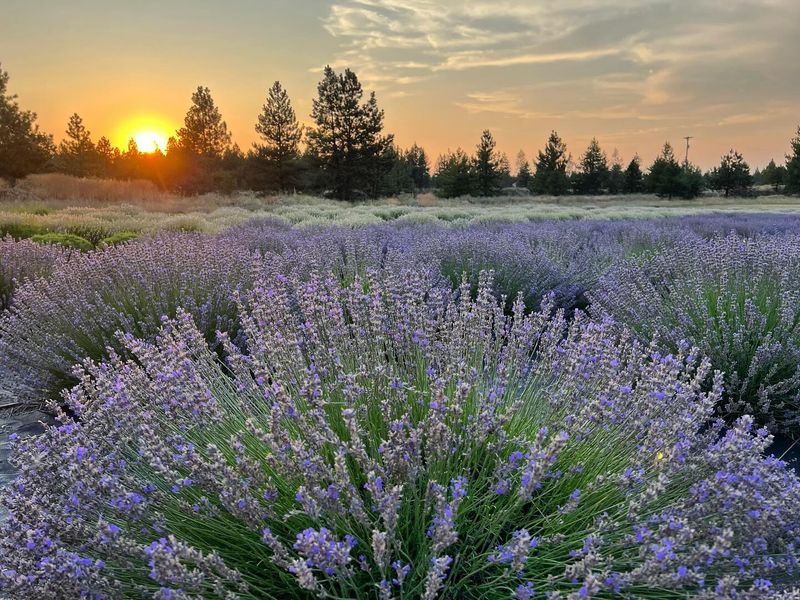
The distinctive purple blooms have been used since ancient Roman times to scent baths, purify air, and bring peace to households. Placing dried lavender under pillows was believed to ensure peaceful sleep and prophetic dreams.
Medieval Europeans hung lavender crosses over doors for protection from the plague and evil spirits. The calming scent does more than just relax – it’s been associated with cleansing negative energy and attracting the kind of peaceful prosperity that comes from a balanced, harmonious life.
8. Rosemary
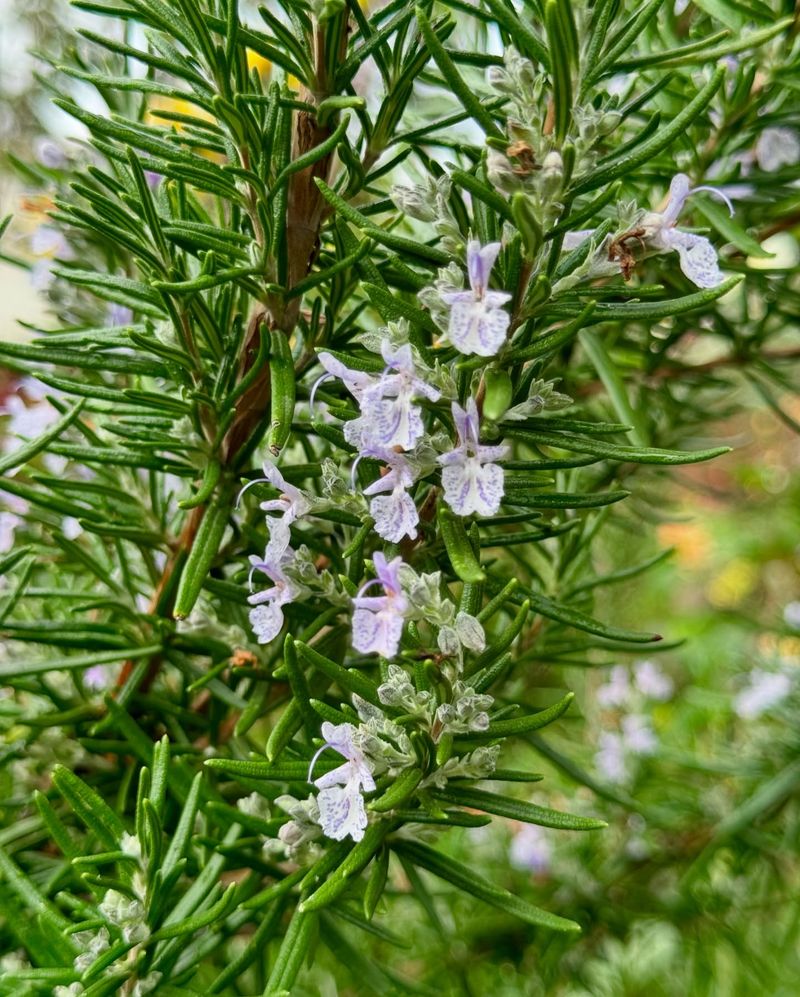
Medieval brides wore rosemary wreaths as symbols of fidelity, love, and memory. The aromatic herb was believed to bring happiness to households and protect families from harmful influences.
Students in ancient Greece wore rosemary garlands while studying because it was thought to improve memory. The phrase “rosemary for remembrance” comes from this tradition, making it a meaningful gift for scholars and a plant that symbolizes both protection and mental clarity.
9. Peace Lily
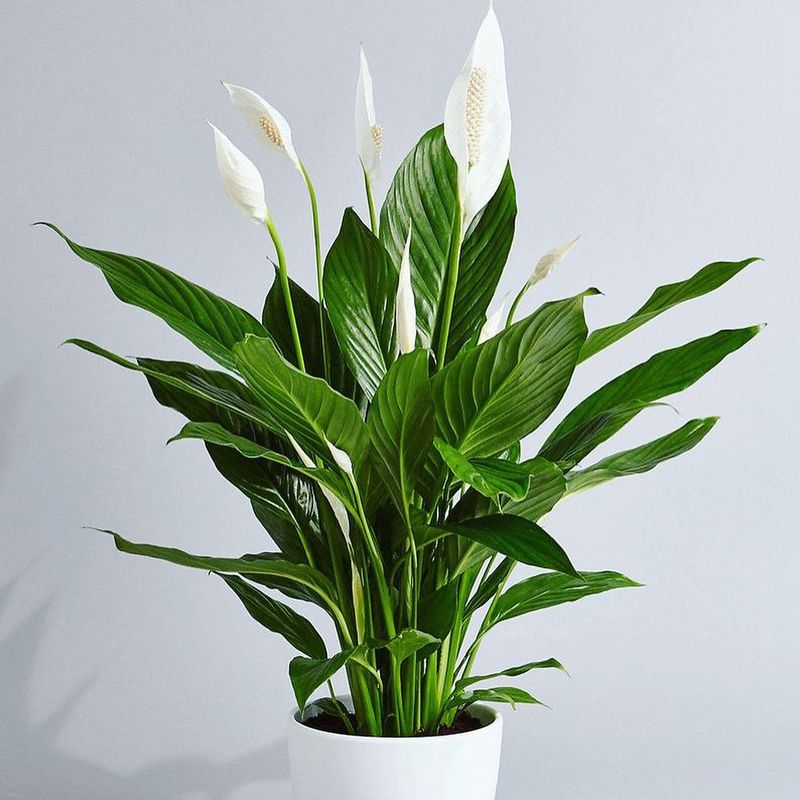
NASA research confirmed what ancient wisdom knew – peace lilies cleanse the air of toxins, creating healthier spaces. Their elegant white blooms represent peace, prosperity, and the purity of intention.
Feng shui practitioners place peace lilies in areas of stagnant energy to promote harmony and positive flow. The plant’s ability to bloom even in low light makes it a symbol of thriving despite challenges – a living reminder that good fortune often comes from resilience.
10. Mint
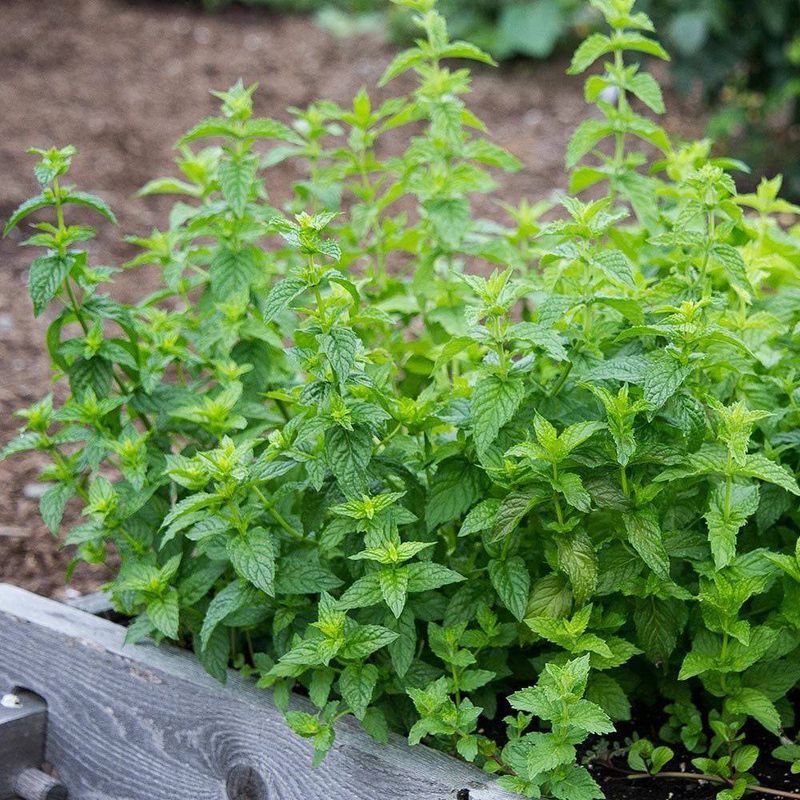
Ancient Greeks rubbed mint on dining tables before guests arrived to welcome prosperity and good conversation. The refreshing scent was believed to stimulate the mind and invite positive energy into homes.
Roman mythology connects mint with hospitality after the goddess Mentha was transformed into the plant. Growing mint near your home supposedly attracts wealth and protects against negative influences, while its tendency to spread rapidly symbolizes abundance that multiplies when shared.
11. Jasmine

The sweet fragrance of jasmine has been used in love rituals across cultures for centuries. In China, jasmine represents good luck and prosperity, while in India, it’s associated with divine hope and positive energy.
Keeping jasmine near your bed was traditionally believed to induce prophetic dreams and attract romantic partners. The delicate white flowers open at night, symbolizing how good fortune often reveals itself in darkness – a reminder that luck sometimes comes when we least expect it.
12. Snake Plant
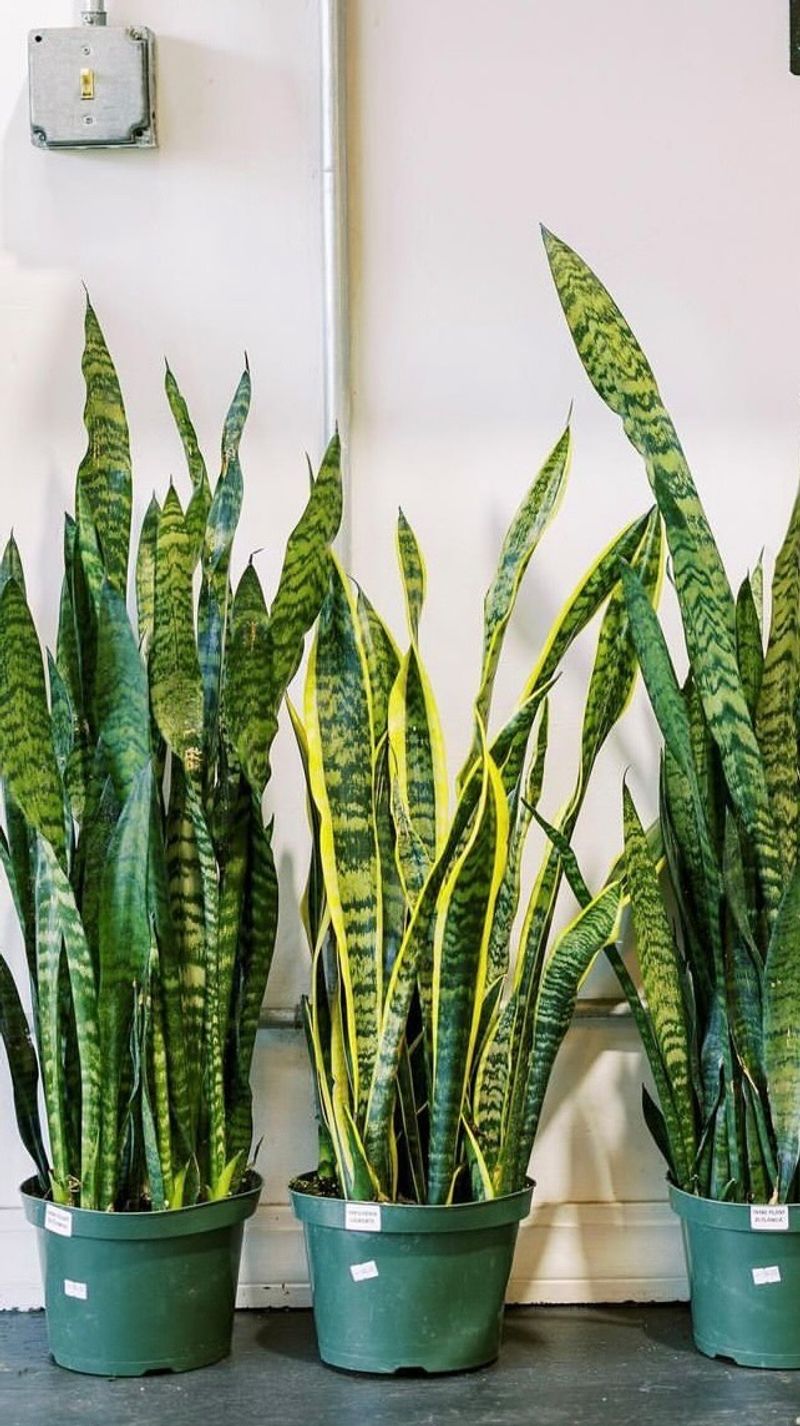
Also called Mother-in-Law’s Tongue, this striking plant has sword-like leaves that were believed to cut through negative energy. In West African traditions, it was placed at entrances to ward off evil and welcome good fortune.
Feng shui practitioners recommend snake plants for bedrooms because they release oxygen at night. Their upright growth symbolizes strength and protection, while their ability to survive neglect makes them perfect symbols of resilience – thriving with minimal care while still bringing positive energy.
13. Orchid
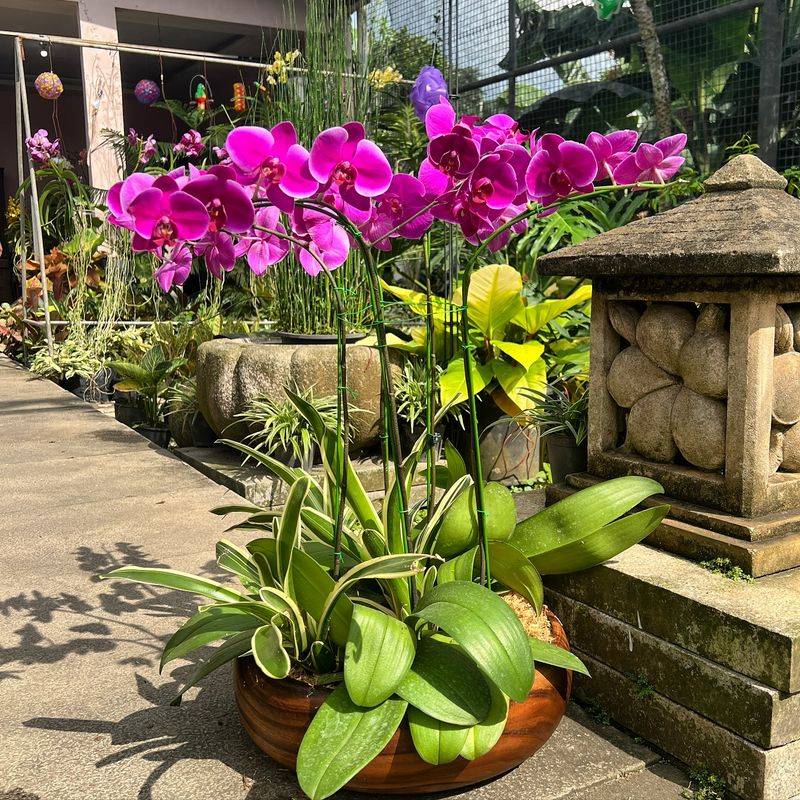
Ancient Chinese medicine used orchids to bring luck and fertility for over 3,000 years. These elegant blooms represent luxury, strength, and abundance in many Asian cultures.
Feng shui philosophy places orchids in career corners to attract opportunities and advancement. The plant’s ability to rebloom after appearing dormant symbolizes how fortune can return after difficult periods – making orchids meaningful gifts during career transitions or when someone needs encouragement.
14. Bay Laurel
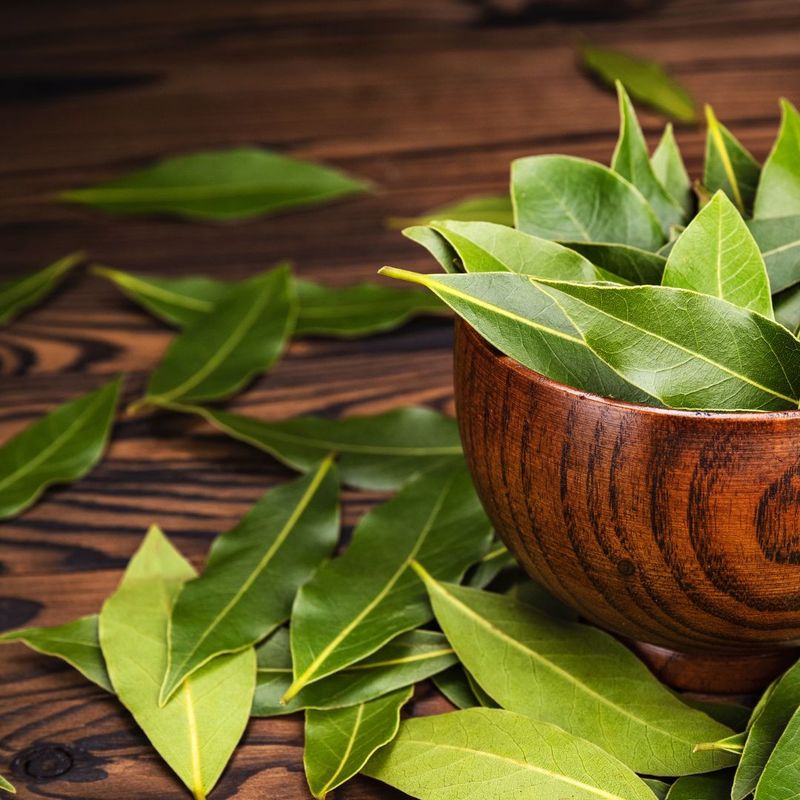
Ancient Greeks crowned their heroes and poets with bay laurel wreaths as symbols of victory and achievement. The aromatic leaves were believed to inspire creativity and protect against lightning, illness, and evil spirits.
Roman households placed bay leaves under pillows to induce prophetic dreams. The plant’s connection to Apollo, god of prophecy and healing, made it a powerful talisman for protection and foresight – traditions that continue today when people use bay leaves in wish rituals.
15. Chrysanthemum
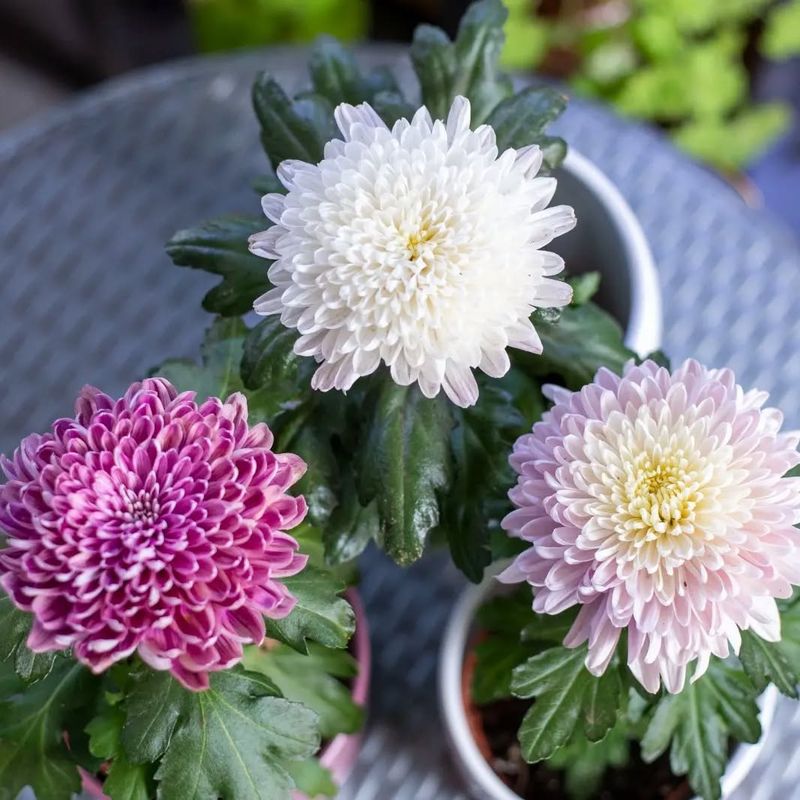
Japanese emperors sat on chrysanthemum thrones, symbolizing the flower’s royal status and power to bring long life. In China, these blooms represent wealth and good fortune, especially the golden varieties.
Growing chrysanthemums in your garden supposedly attracts good energy and protects other plants. The flowers’ ability to bloom in autumn when other plants fade makes them symbols of resilience and joy during challenging times – a living reminder that good fortune often arrives precisely when needed most.

